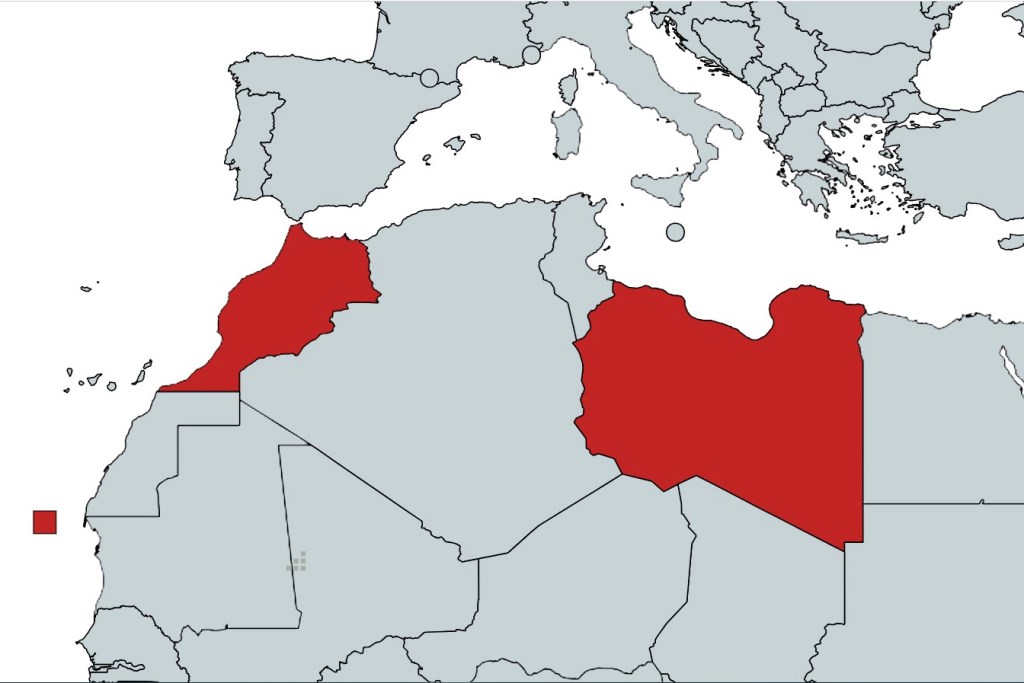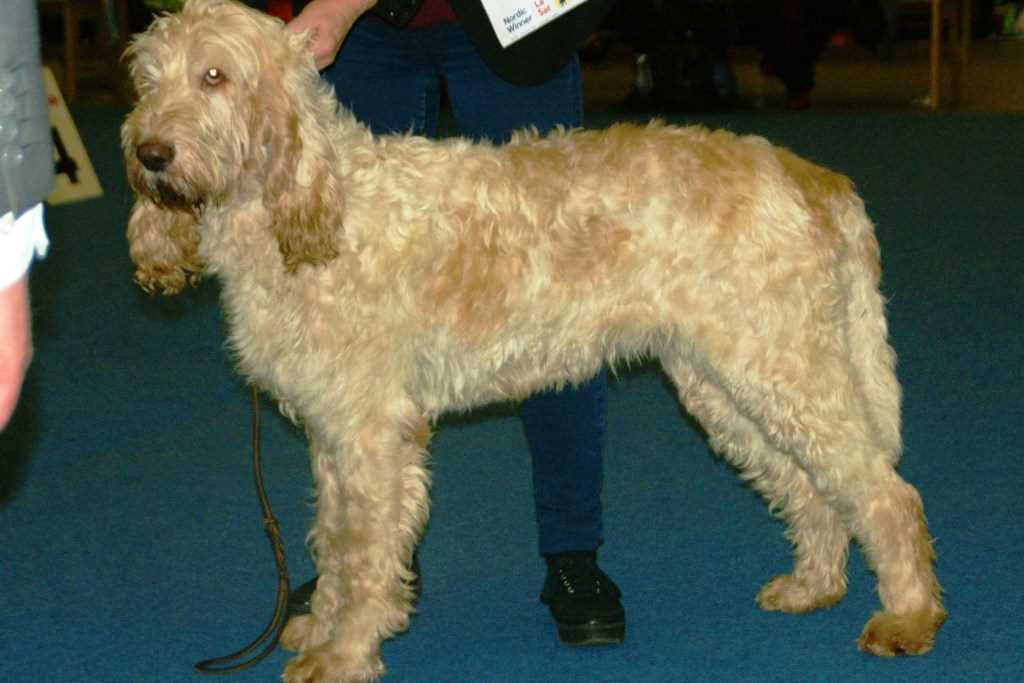The greyhound dog breed is one of the oldest breeds. Finds with engraved images of these dogs have been found as far back as 4000 BC in the tombs of pharaohs and other Asian and African leaders. And even earlier, they appear in the drawings of temples dating back to 6000 BC in the city of Catal-Huyuk in present-day Turkey. In ancient times in Africa they were used to chase antelopes, deer and wolves, given their impressive speed, and they spread from the Middle East to Europe, reaching as far as Great Britain where they became very popular, although around the year 1000 only the elite were allowed to own a greyhound of this breed.
There are various hypotheses about the breeds from which the greyhound is derived; according to some, its ancestors are North African greyhounds such as the sloughi and saluki. The name ‘greyhound’ is probably derived from the archaic English grighound, where ‘hund’ is the archaic of ‘hound’, but the meaning of ‘grig’ is still uncertain. According to other experts, the breed is derived from the tesem, an ancient Egyptian greyhound. This greyhound is said to have been imported to Greece and England, possibly by the Phoenicians who, with their maritime trade, then touched all the coasts of the known world. Another hypothesis is that they were brought to Europe by the Crusaders from the East.
In more modern times they were used as racing dogs, proving to be the fastest dogs on earth; only the cheetah can beat them in speed in the animal world, obviously from the ground. Having almost disappeared from dog tracks, these dogs have become lap dogs; they are in fact docile and tame, even though they need to run and vent all their energy several times a day.
Character of the Greyhound dog breed
Greyhounds are well-balanced, affectionate, calm and sociable animals. With its owner and family it is sweet and friendly, with children it gets along well and also with the other dogs in the house, while with cats it is very difficult to live with, as they tend to see them as prey. With strangers he remains rather distant and is very attentive to property and his family unit.
It is not a dog for those who have no experience with dogs of this type; it has an independent nature and a proud character. This dog needs to have absolute esteem for its human in order to obey him; when the owner comes to gain his trust, it is an extremely sweet and affectionate dog. He really needs physical contact and does not like to be alone for long. It is an excellent companion dog, affectionate without being intrusive; it is very intelligent.
They are not suitable for elderly or sedentary people and although they can live happily in a flat, they need to run freely at least once a day. In the home, however, they are very quiet and even get to be rather lazy, preferring a good night’s sleep on the sofa to play.
Appearance of the greyhound dog breed
The greyhound is a large dog, the height at withers of a male being 71 to 76 centimetres and weighing 27 to 32 kilograms; the female usually a little less. The neck is long and rather well defined, the construction is light, of beautiful proportions, with a powerful and harmonious musculature. The thorax is high, the trunk broad, the kidney is slightly arched. Its limbs are solid and very elastic; its stride is loose, straight, sweeping and elongated, enabling it to cover a lot of ground at great speed. The musculature is dry, but solid and well developed.
The tail is long, inserted rather low, thick at the root, and tapers towards the end. It is carried low and slightly curved.
The head is long, of moderate width, with a flat skull, the jaws are powerful and well chiselled, the truffle is generally dark in colour. The eyes are oval and obliquely cut, usually dark, and are bright and intelligent. The ears are small, fine and rose-shaped.
The coat is fine and compact. It may be uniformly coloured, tricoloured, bicoloured, or with markings. The colours are black, white, red, blue, fawn and tiger.
Care and health of the greyhound dog breed
The Greyhound is generally a healthy breed with few known health problems. Compared to other breeds, the Greyhound has far fewer congenital disorders and diseases and rarely has skin or eye problems. It can, however, suffer from gastric torsion and a particular sensitivity to medication, especially anaesthesia, due to its lack of body fat.
Although large in size, he is a dog with very little body fat and a very thin coat, so he suffers from both heat and cold. It is advisable to keep him indoors most of the time, and if he has a garden at his disposal it is good to make sure that he cannot run away as if he sees something in the distance that catches his eye and starts running, he will go a long way before you can catch him.
As far as grooming is concerned, it is one of the easiest breeds to care for as far as their coat is concerned, the short, fine coat only needs an occasional brushing.
As far as nutrition is concerned, large dogs, apart from being very voracious, need a different balance of nutrients including minerals and vitamins than smaller breed dogs. Greyhounds are predisposed to stomach twisting; small, frequent meals can help minimise this risk.


